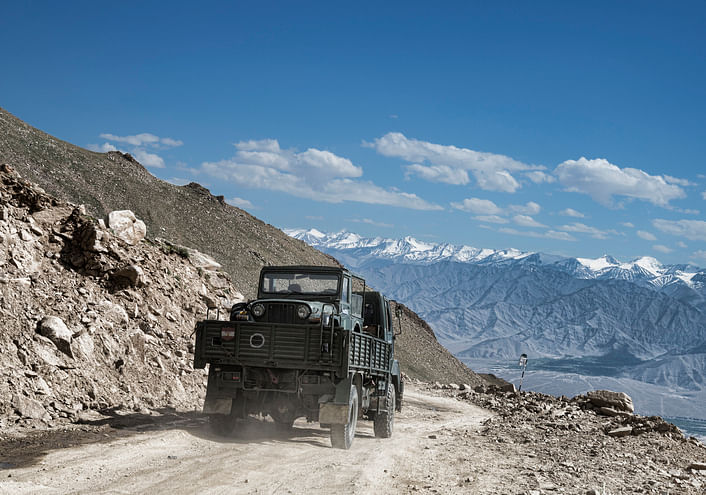
In the first event of bloodshed on the LAC in 45 years, as many as 20 Indian soldiers including the Commanding Officer of an infantry battalion of Indian Army were martyred on Monday night in a "violent face-off" with the PLA troops disrupting the fragile peace prevailing along India's disputed border with China.
Indian Army initially admitted the death of three soldiers including an officer but after several hours added that "17 Indian troops who were critically injured in the line of duty at the stand off location and exposed to sub-zero temperatures in the high altitude terrain have succumbed to their injuries," taking the toll to 20.
Army officials said Indian and Chinese troops had clashed on the night of June 15/16 leading to casualties on both sides.
Sources said that the extent of the violence was fairly large and what had been officially admitted was only a tip of the iceberg.
The violence occurs after nearly six weeks of stand-off between Indian and People's Liberation Army troops at multiple sites in Eastern Ladakh. The two sides discussed a resolution formula on June 6 following which the disengagement process started in the Galwan valley.
"On the late-evening and night of June 15, a violent face-off happened as a result of an attempt by the Chinese side to unilaterally change the status quo there. Both sides suffered casualties that could have been avoided had the agreement at the higher level been scrupulously followed by the Chinese side," the Ministry of External Affairs said in a statement.
The loss of lives on the Indian side includes Col B Santosh Babu of 16 Bihar Regiment and two of his men (Hav Palni from 16 Bihar and Sepoy Kundan Ojha from an Artillery regiment).
Though the details of the casualties from the Chinese side is not available officially, unconfirmed reports indicate a casualty figure of five among the PLA troops. ANI claims 43 Chinese casualties quoting military intercepts shared by the government.
Following a day long meetings at the Maj Gen level between the two armies, the troops were disengaged from the Galwan area, Army officials said.
Defence Minister Rajnath Singh reviewed the current operational situation in Eastern Ladakh, consequent to Monday's violent faceoff on the LAC, along with the External Affairs Minister S Jaishankar, Chief of Defence Staff Gen Bipin Rawat and the three service Chiefs.
A second high level meeting took place in the evening at the Prime Minister's Office to take stock of the situation.
Army sources said there was no firing during the entire incident, suggesting that the casualties happened as a result of hand to hand combat.
In an aggressive statement, a spokesperson of People's Liberation Army's Western War Zone claimed sovereignty on the Galwan Valley and asserted that Indian troops "violated their commitments by crossing the LAC to carry out illegal activities."
For decades, the Indian position is that since 1962 Galwan valley was never contested as the area is within Indian territory.
"Indian Army is firmly committed to protect the territorial integrity and sovereignty of the nation," the Army said in a statement.
This is for the first time, Indian soldiers were killed along the Line of Actual Control in 45 years. It was in 1975 when such a tragedy struck India last time as four soldiers were ambushed by the PLA troops in Arunachal Pradesh.
Following the Monday night combat, Maj Gen rank officers from both sides were in talks throughout the day on Tuesday in order to defuse the situation.
For more than a month troops from India and China were locked in a tense face-off at several locations in eastern Ladakh near the disputed border as well as in North Sikkim. On May 5, the CO of 11 Mahar regiment was badly injured in a skirmish with the PLA troops on the LAC, leading to a month-long face-off between the border guarding troops from both sides.
Following a meeting between top military leaders on June 6, the disengagement process was initiated in the Galwan valley but soldiers continue to be in a face-off on the northern banks of the Pangong Tso, which remains a bone of contention between the two countries for decades.
